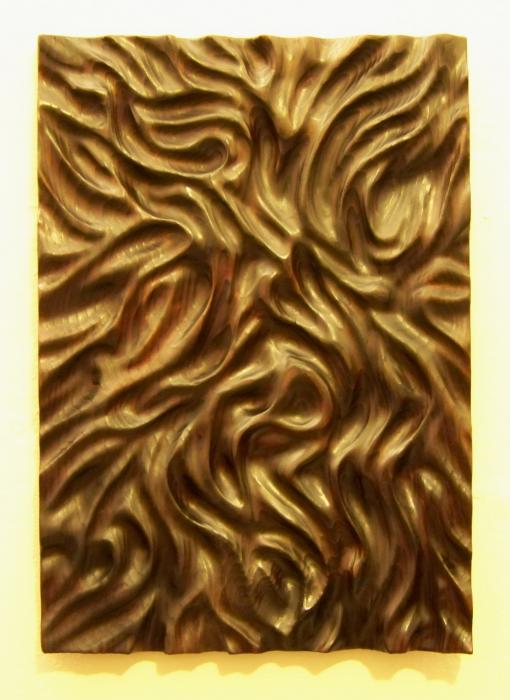Hi George,
I was in Home depot today looking at the wood. They had a rough grade of 2x2 pine at around $1.97 a board and a higher grade with no knots or defects that was had square edges and a better finish.
It was a little more pricey at $5.00 and change. When , I do go to do this , I will have a better look around. I will definately buy a good sander for a quality finished look. If you made the skyline 2x4 , it would be perfect behind a set of ML'S.Glad you liked the links.
I thought this would interest you guy's as well http://www.canuckaudiomart.com/forum/viewtopic.php?f=21&t=8520
Cheers, Greg
I was in Home depot today looking at the wood. They had a rough grade of 2x2 pine at around $1.97 a board and a higher grade with no knots or defects that was had square edges and a better finish.
It was a little more pricey at $5.00 and change. When , I do go to do this , I will have a better look around. I will definately buy a good sander for a quality finished look. If you made the skyline 2x4 , it would be perfect behind a set of ML'S.Glad you liked the links.
I thought this would interest you guy's as well http://www.canuckaudiomart.com/forum/viewtopic.php?f=21&t=8520
Cheers, Greg
Last edited:








